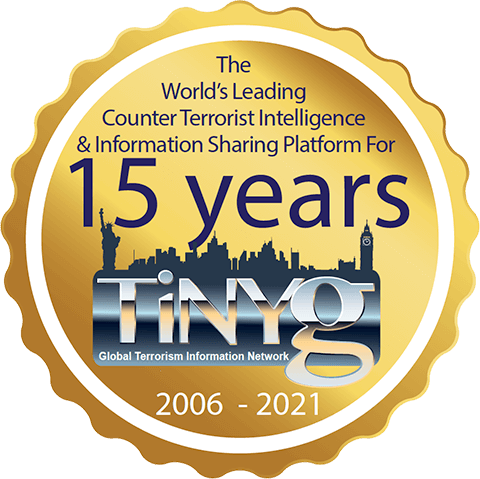09/05/24
Denver terrorism exhibit reopens as Gov. Polis says it provides “a reminder to all of us”
From the outside, the Counterterrorism Education Learning Lab’s exhibit space in downtown Denver has sat quiet for more than four years.
But behind the scenes, the nonprofit institute, known as The CELL, has been at work updating its offerings to provide an interactive experience geared toward current security threats. The exhibit is focused on the factors that drive domestic and international terrorism and the impact of those threats on global security — along with educating visitors on what everyday people can do to prevent terrorist acts in their communities.
This week, the results of those efforts will be unveiled when The CELL, 99 W. 12th Ave., opens to the public for the first time since the waning days of 2019.
“We have legitimately changed every piece of content within this new space to include a bunch of immersive experiences where visitors can learn about the most challenging issues to global security and national security today,” Melanie Pearlman, The CELL’s president and CEO, said Tuesday during a media preview.
There was one element kept from the original CELL exhibit, Pearlman said. The first room of the exhibit houses a piece of mangled metal.
It’s wreckage from the south tower of the World Trade Center.
The Sept. 11, 2001, terrorist attacks, which killed nearly 3,000 people in three locations, were the impetus for the formation of the institute more than 15 years ago. Officials with the institute are quick to note, however, that their exhibit covers all types of terrorist activity taking place in regions across the globe, including right-wing extremism within the U.S.
Tuesday’s unveiling drew top-ranking public safety officials, including Colorado Attorney General Phil Weiser, representatives from the Colorado State Patrol and Denver leaders including Police Chief Ron Thomas and Armando Saldate, the executive director of the city’s Department of Public Safety.
Before Gov. Jared Polis helped cut the ribbon on the exhibit, he focused in his remarks on the importance of public education around identifying potential threats.
“In this powerful interactive exhibit is really a key part of a reminder to all of us that we need to work together to keep families, individuals and communities safe from a diverse range of threats,” Polis said.
In one segment of the exhibit, guests can select a setting, such as a game at Coors Field or a visit to Denver’s Union Station. They are then asked to identify suspicious behavior that might be observed at various stages.
Some of the behaviors highlighted in the scenarios include people filming security checkpoints or running away from bags after dropping them near entrances.
That video exercise goes hand-in-hand with some of the institute’s other programs. The CELL offers a speaker series and training that helps volunteers and civilian workers at large public events become more attentive observers on the lookout for suspicious behavior.
Last year, the organization provided training to 16,000 volunteers and stadium staff members ahead of Super Bowl LVII in Glendale, Arizona, Pearlman said.
The CELL exhibit first opened in 2008 on the ground floor of the Museum Residences building. Its entrance is located across from the plaza from the Denver Art Museum’s jagged, modern Frederic C. Hamilton Building. The CELL’s sponsors and supporters include The Denver Post and the Scientific and Cultural Facilities District.
CELL founder Larry Mizel said Tuesday that the redesign — which Pearlman pegged as a $4.5 million undertaking — was the result of contributions from several subject-matter experts.
“In response to the ever-evolving landscape of security challenges, a world-renowned team of global and national security experts convened to rebuild The CELL’s exhibit,” he said. “These experts spanned a diverse range of political, national and religious persuasions.”
Group tours will begin again on Thursday, and admission will be offered to the public starting on Friday. The CELL’s staff recommends that visitors buy tickets online for the exhibit, which can take an hour or more to complete. More information is available at TheCell.org.
Related Links
- https://www.denverpost.com/2024/05/08/denver-counterterrorism-exhibit-cell-extremism-threats-museum/
Back to index

